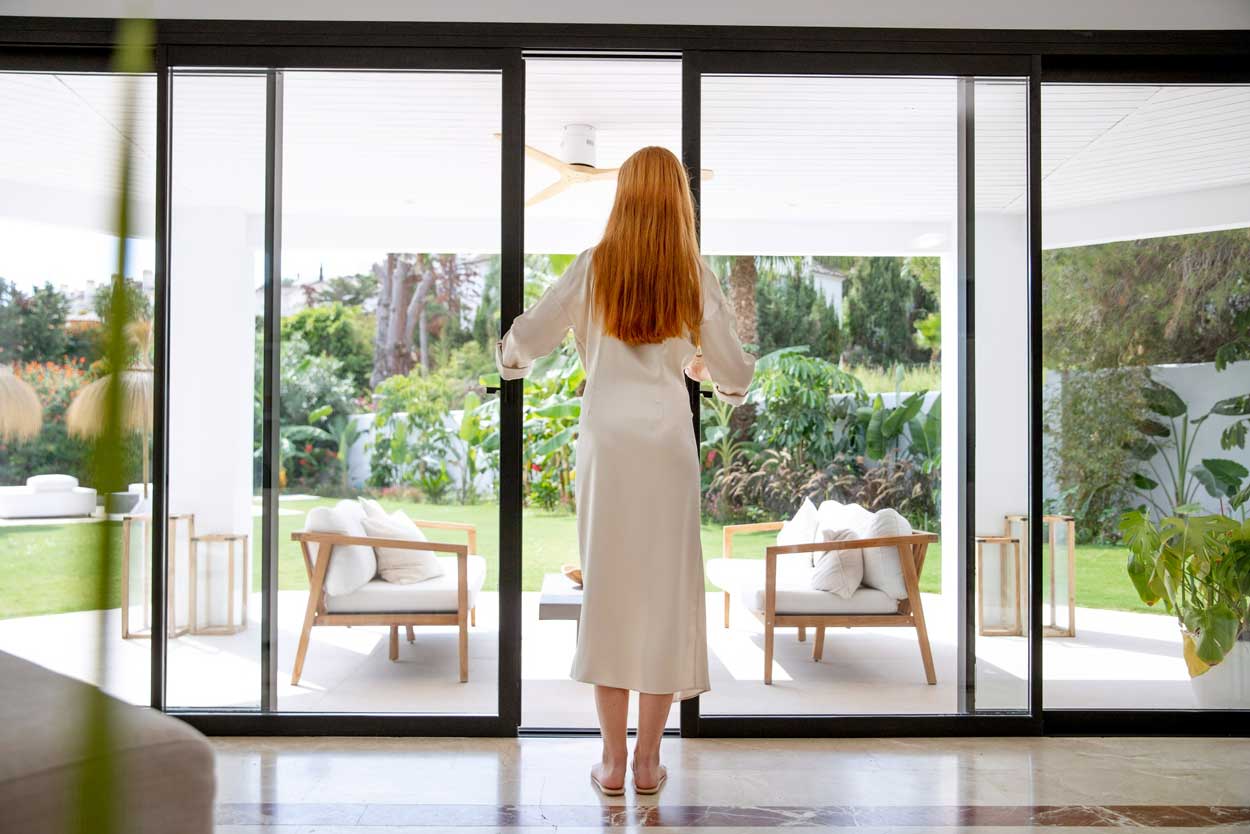Embracing Minimalism: Redefining Your Living Spaces
The Essence of Minimalism: Understanding the Concept
Minimalism isn’t just about decluttering or adopting a stark aesthetic; it’s a philosophy that celebrates simplicity, functionality, and mindfulness in design. At its core, minimalist interior design seeks to create spaces that are uncluttered, harmonious, and purposeful. By focusing on essential elements and eliminating excess, minimalist interiors exude a sense of calm, clarity, and serenity.
Streamlined Simplicity: Design Principles of Minimalist Interiors
In the world of minimalist interior design, less is indeed more. Clean lines, neutral colors, and unadorned surfaces form the foundation of minimalist aesthetics. Furniture and décor are chosen with intentionality, prioritizing function over form and quality over quantity. Every element serves a purpose, contributing to an overall sense of balance and harmony within the space.
Decluttering Your Space: The Art of Letting Go
Central to minimalist interior design is the practice of decluttering – the process of eliminating unnecessary belongings and organizing essentials. By purging excess possessions and creating designated storage solutions, minimalist interiors maintain a sense of openness and spaciousness. Clutter-free environments not only enhance visual appeal but also promote mental clarity and emotional well-being.
Maximizing Minimalist Style: Making the Most of Small Spaces
Minimalism is particularly well-suited to small living spaces, where every square inch counts. By employing space-saving strategies such as multifunctional furniture, built-in storage, and clever design solutions, minimalist interiors maximize functionality without sacrificing style. Thoughtful layout and strategic placement of elements create an illusion of spaciousness, making even the smallest of spaces feel open and inviting.
Color Palette and Texture: Creating Visual Interest
While minimalist interiors are often associated with neutral color palettes, they are by no means devoid of visual interest. Subtle variations in tone and texture add depth and dimension to minimalist spaces, preventing them from appearing flat or sterile. From natural materials like wood and stone to tactile fabrics like linen and wool, minimalist interiors incorporate elements that engage the senses and evoke a sense of warmth and comfort.
Bringing Nature Indoors: Embracing Biophilic Design
Incorporating elements of nature into minimalist interiors is a key tenet of biophilic design – a concept that emphasizes the innate human connection to the natural world. From indoor plants and natural light to organic materials and earthy hues, biophilic elements infuse minimalist spaces with a sense of vitality and tranquility. By bringing the outdoors in, minimalist interiors foster a deeper sense of connection to the environment and promote overall well-being.
Mindful Living: Cultivating Intentionality in Your Home
At its essence, minimalist interior design is about more than just aesthetics – it’s about fostering a lifestyle of mindfulness and intentionality. By curating a home environment that is free from distractions and excess, minimalist interiors encourage residents to focus on what truly matters and find fulfillment in the simple joys of everyday life. From mindful consumption habits to intentional living practices, minimalist interiors support a holistic approach to well-being. Read more about minimalist house interior design



